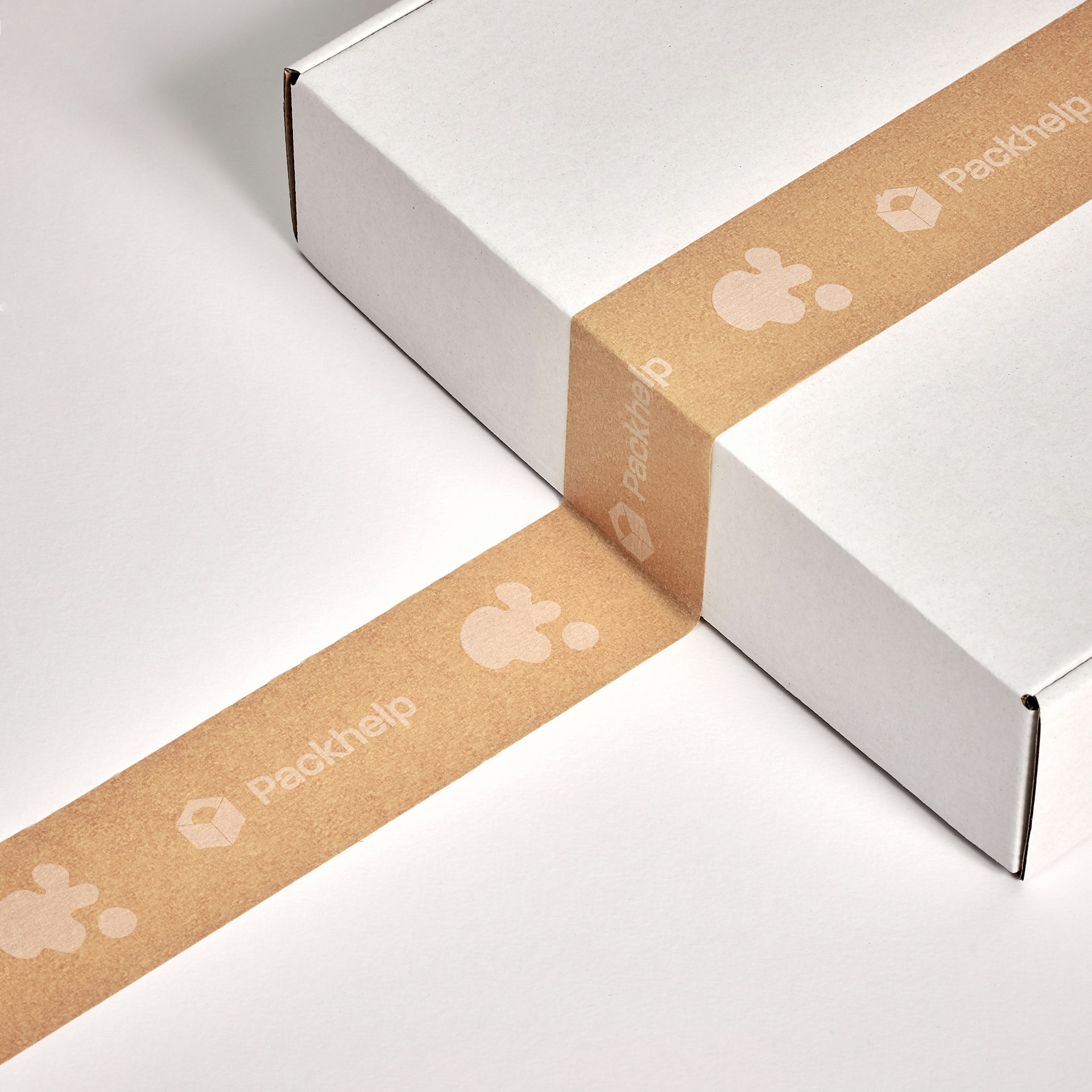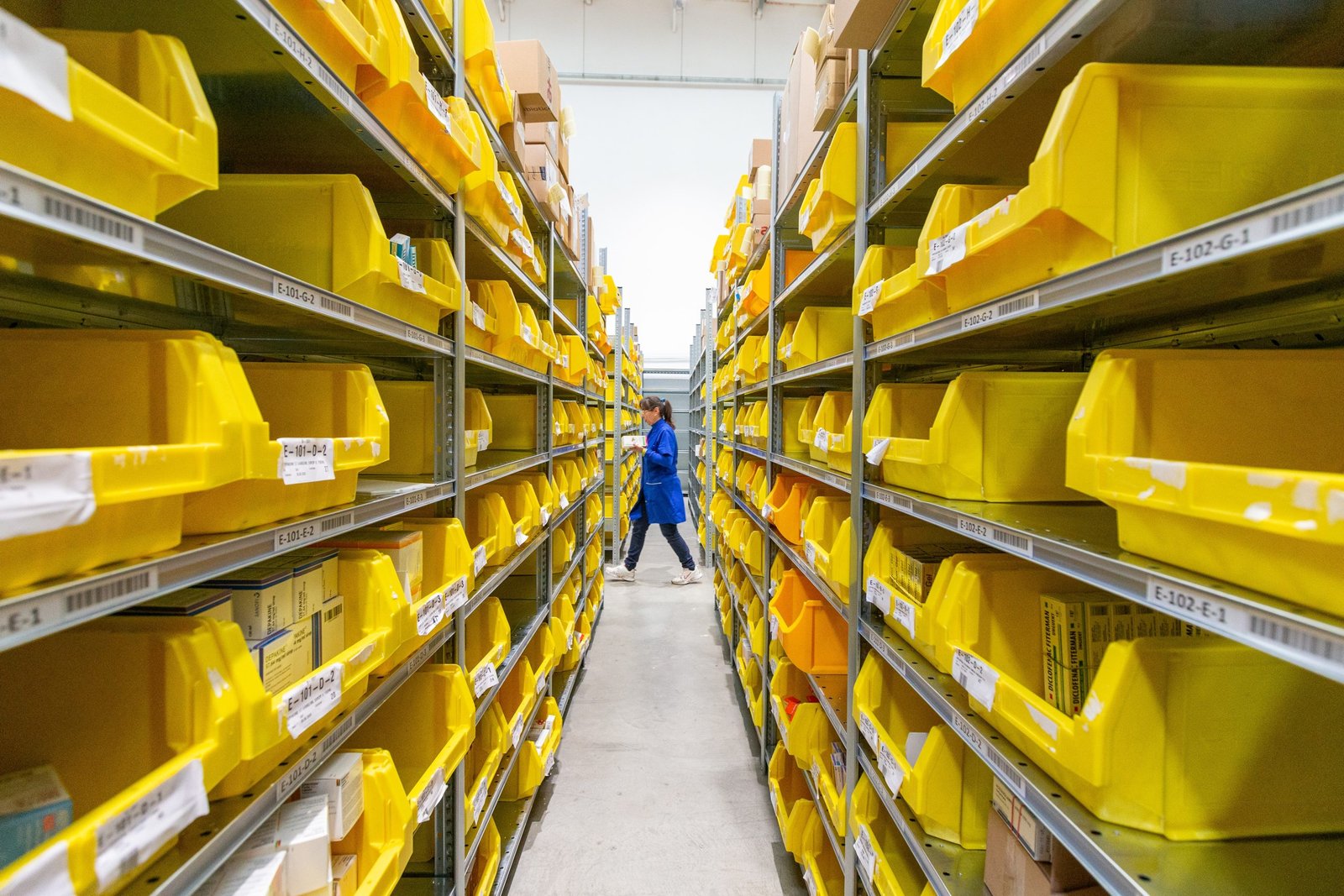Eco-friendly food packaging helps reduce environmental harm from regular plastic or metal packaging.
It uses natural materials or recycled materials instead of polluting materials. This type of packaging is becoming very popular as more people care about protecting the planet.

This article explains eco-friendly food packaging in simple language. We will see the different types, such as biodegradable, compostable, recyclable, and plant-based packaging. We also discuss the benefits and challenges when a company wants to shift to green packaging, such as costs, supply availability, and how to educate customers.
What is Eco-Friendly Food Packaging?
Eco-friendly food packaging comprises renewable, recycled, or sustainably sourced materials, helping conserve resources while reducing environmental harm across the lifecycle from production to disposal. It aims to benefit circular economic principles by prioritizing reusable, refillable, and recyclable consumer packaging.
The Importance of Eco-Friendly Food Packaging
Eco-friendly food packaging grows increasingly important in addressing urgent environmental issues through day-to-day consumer product decisions advancing sustainability:
Environmental Impact
Packaging contributes significantly to global greenhouse emissions, water pollution, and resource depletion. Shifting production and materials to eco-conscious options lightens planetary strains scaling wide adoption.
Resource Conservation
Recycled content, renewable inputs, and recycled end products conserve crude oil, minerals, trees, and land, reducing continual ecological extraction pressures as consumerism expands exponentially across developing economies lacking current Western per capita inventories.
Pollution and Waste Reduction
Degradable or recyclable food packaging centralized through advanced circular economies, minimizing incineration, landfilling, and ocean dumping, alleviates pressing microplastic contamination and terrestrial pollution issues that have intensified alarmingly across delicate ecosystems in recent decades.
Types of Eco-Friendly Food Packaging
Numerous material alternatives improve sustainability:
Biodegradable Packaging
Biodegradable plant-based packaging derived from organic matter like cornstarch, wood cellulose, or algae gracefully composts through natural soil bacterial digestion, contrasting enduring petroleum polymer durability and wreaking long-term environmental havoc.
Compostable Packaging
Compostable packaging made from plant starches, fungi extracts, or sustainably sourced papers breaks down through commercial composting facilities, unlike fossil-fuel plastics, which contaminate systems lacking the biological consumption pathways needed to reduce entire volumes entering landfills.
Recyclable Packaging
While recyclable packaging eases disposal entropy through established municipal recycling streams, critics argue that prolonged fossil resource dependencies slow imperative transitions towards renewable materials, which support restorative circular economic flows longer term. However, they alleviate landfill strains in the interim.
Plant-Based Packaging
Eco packaging utilizing annually renewable agricultural crop inputs like hemp fibers, algae extracts, or bagasse sugarcane wastes provides biodegradable solutions that subtract from finite petrochemical and mineral reserves that require millennia to reform naturally. The regenerative model proves far more sustainable.
Benefits of Eco-Friendly Food Packaging
Eco-friendly food packaging adoption delivers measurable sustainability gains through:
Reduced Environmental Waste
Degradable packaging eliminates persistent waste accumulation from conventional oil-based polymer materials, which litter ecosystems for centuries after single short-use cycles. Responsible recovery and renewal timelines conserve ecosystems in perpetuity.
Conserved Natural Resources
Renewable plant crops used for packaging help reduce the continual mining for fossil fuel reserves and minerals essential for manufacturing traditional durable plastics and metals. Some bioplastics even inventively upcycle agricultural waste streams, providing outlets that benefit farmers.
Lower Carbon Footprints
Various analyses report lower carbon footprints from organic plastic substitutes like PLA through renewable inputs, optimized logistics, recyclability, and dramatically reduced landfilling. This helps corporations meet sustainability pledges regarding climate change.
Promotes Sustainable Practices
Eco-friendly materials, circular production principles, and consumer educational partnerships encourage responsible environmental behaviors with packaging extending beyond just end products but informing ways of thinking, helping shift cultural mindsets gradually more thoughtful about consumption footprints.
Boosts Brand Reputations
Commitments to improving social and environmental impacts enhance brand reputations significantly, with consumers overwhelmingly expecting ethical integrity and continuity between organizational values and commercial ecosystem impacts in modern times. Sustainable packaging conveys purpose.
Future Proofs Relevant Materials
As globalized regulations prohibit wasteful materials like single-use plastics accelerate worldwide, along with corporate and consumer preference shifts, eco-friendly packaging future-proofs food brands, responsibly maintaining customer relevancy, retention, and growth sustainably.
Challenges With Eco-Friendly Food Packaging
Despite urgent ecological advantages, adopting greener packaging solutions still encounters adoption obstacles by brands:
Costs
Currently, most bio-based materials and recycling prove costlier than established efficiencies in traditional plastic packaging manufactured globally. Prices should equalize long-term, but upfront investments deter some conventional investments.
Limited Supply Availability
Relatively niche currently, capacities scaling eco-friendly packaging alternatives trail demand as sustainability prioritization rises among brands. This causes shortages without supply chain contingencies as material substitutions remain underway responsively.
Performance Variability
Inconsistent production qualities around bioplastic durability, barrier reliability, temperature thresholds, and moisture tolerance complicate performance perceptions. Standards development aims to address variability as generations improve through adaptive innovations.
Consumer Education Needs
To responsibly recycle or compost specific packaging correctly, the public requires massive educational campaigns from brands clarifying proper disposal procedures to minimize cross-contamination, subverting the circular intentions sustainably. Progress lags without public partnership.
Regulatory Uncertainties
Pending government bans on conventional plastic items and fees await key economies’ promising policy motivations, further accelerating eco adoption. But political delays and exemption vagaries seed hesitation in planning proactively before enforcements fully finalize, forcing decisions in eco-packaging favor.

Choosing Eco-Friendly Food Packaging
Numerous factors beyond sustainability affect packaging decisions, from shelf appeal and protection performance to supply chain flexibility and branding. But critical considerations help balance green needs by tackling global imperatives:
Assess True Material Inputs
Evaluate exact composition, such as bio-based content percentages, the inclusion of recycled materials, and approved chemical additives, assess holistic environmental profiles, and responsibly trace complete upstream feedstock sources.
Consider Product Protection Standards
While advancing sustainability, inadequate barrier performance compromises food freshness and safety, nullifying environmental gains, discarding expired inventory, or spreading contamination. Ensure reliability first.
Evaluate Supply Chain Logistics
Factor distribution network capabilities regarding long haul shipping durability, onsite waste management accommodating compostable or recyclable packaging forms, and availability from regional suppliers with redundancy options ensured the minimization of business continuity risks amidst substitutions.
Account for Relevant Regulations
Stay ahead of upcoming plastic and food packaging policy evolutions in critical sales markets globally to avoid regulatory non-compliance costs by adjusting proactively eco-friendly in advance ultimatums or accurate future legislative pressures come home to roost locally. Test in similar markets.
Commit Brand Messaging
Eco-friendly food packaging succeeds by personally engaging consumers in sustainability journeys beyond just sales pitches pushing products singularly. Communications educate audiences about dire issues, showcase helpful solutions, and update progress towards promised milestones, maintaining momentum publicly.
Consider Comprehensive Impacts
While prominently benefiting critical planetary needs in aggregate compiled universally, locally suboptimal situations regarding litter or emissions from specific materials that cannot be properly attended to regionally still warrant consideration on a case-by-case basis, upholding goals holistically through collaborative community-by-community review.
Conclusion
Switching even part of food packaging to eco-friendly materials makes a positive impact, decreasing waste and carbon footprint over time. Small changes by many businesses and buyers add up to protecting the environment more worldwide by using fewer bad plastics or metals.
This article explained easy options like recyclable packaging or plant-based packaging so companies of any size can help the planet and communities through their regular work. Good business today cares about making profits and being responsible partners in sustainably improving society.
Leaders smartly adopting eco-friendly practices will become pioneers when laws ban more wasteful packaging globally. So, learn the types well, see reasonable tradeoffs, and find local suppliers committed to lasting environmental care and supporting partners every business must have. Participate in building the future.





